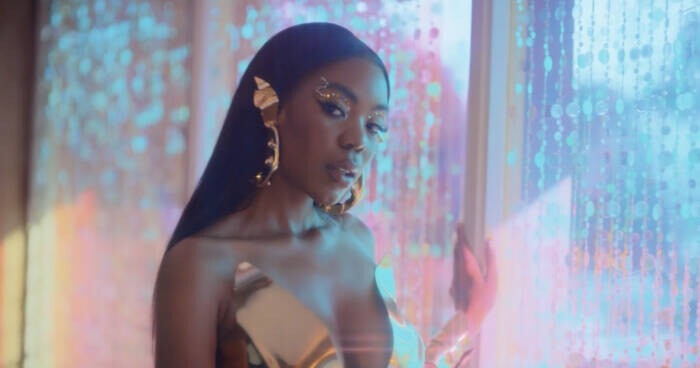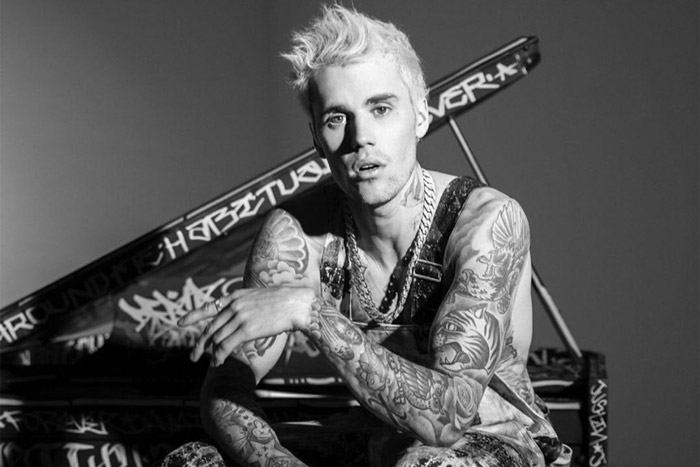Vibrant Intersection of Hip Hop and Pop Art: A Cultural Fusion
Hip hop and pop art, two powerful cultural movements that emerged in the 20th century, have become intrinsically intertwined, creating a visually striking and thought-provoking blend. In this article, we delve into the history, characteristics, and key players behind this unique artistic fusion that celebrates the gritty urban environment, the spirit of rebellion, and the ingenuity of human expression. Hip hop, born in the 1970s in the South Bronx of New York City, is a cultural movement encompassing various artistic forms, including rap music, breakdancing, and graffiti art. It emerged as a response to social and economic struggles faced by African American and Latinx communities, and it quickly evolved into a global phenomenon, transcending geographical and cultural boundaries.
Pop art, on the other hand, originated in the 1950s and 60s as an offshoot of the post-war consumerist culture. It challenged the traditional notions of art by embracing commercial and popular imagery from advertisements, comic books, and everyday objects. Spearheaded by artists such as Andy Warhol, Roy Lichtenstein, and Jasper Johns, pop art rapidly gained traction in the United States and the United Kingdom. The fusion of hip hop and pop art can be attributed to the shared spirit of rebellion and social commentary embedded in their origins. Both movements sought to challenge the status quo, redefine art, and give voice to marginalized communities. Hip hop pop art merges the gritty urban aesthetic of hip hop culture with the bold colors and graphic design sensibilities of pop art, resulting in a visually arresting and culturally resonant form of expression.
Characteristics of Hip Hop Pop Art
- Bold Color Palette: Hip hop pop art is characterized by the use of vibrant, contrasting colors that are reminiscent of the pop art movement. These colors capture the energy and spirit of hip hop culture, while also drawing attention to the subject matter.
- Repetition and Patterns: A key characteristic of pop art is its use of repetition and patterns, which can also be found in hip hop pop art. This technique is employed to emphasize the ubiquity of certain cultural symbols and motifs, often imbuing them with deeper meanings.
- Typography and Handwriting: Much like the graffiti art that is synonymous with hip hop culture, hip hop pop art often incorporates stylized typography and handwriting. This adds a personalized touch to the artwork, making it feel more authentic and raw.
- Commercial and Popular Imagery: Hip hop pop art borrows heavily from the commercial and popular imagery of pop art, incorporating logos, advertisements, and celebrity figures into the compositions. This often serves as a commentary on consumerism and the influence of mass media on society.
- Social Commentary: Both hip hop and pop art are known for their biting social commentary. In hip hop pop art, this commentary can be found in the form of satirical depictions of political figures, critiques of social inequalities, and celebrations of cultural icons.
Key Players in Hip Hop Pop Art
- Jean-Michel Basquiat: A pioneer of hip hop pop art, Basquiat’s work is characterized by its raw, graffiti-inspired aesthetic and bold use of color. His paintings often feature fragmented text, cryptic symbols, and powerful social commentary, making him one of the most influential artists in this genre.
- Keith Haring: Haring’s iconic, cartoonish figures and radiant colors are synonymous with hip hop pop art. His work, often created in public spaces, highlights themes of social activism, sexuality, and the human condition.
- Shepard Fairey: Best known for his “Obey Giant” campaign and the iconic Barack Obama “Hope” poster, Fairey’s work is heavily influenced by both hip hop culture and pop art. His bold, graphic style incorporates elements of graffiti, commercial imagery, and political messaging, creating thought-provoking visual statements.
- KAWS: Brooklyn-based artist KAWS, born Brian Donnelly, is known for his appropriation of popular cartoon characters and commercial imagery, infused with elements of hip hop culture. His work includes paintings, sculptures, and designer toys that often feature his signature “XX” motif, symbolizing his subversive approach to art.
- Lady Pink: As one of the first female graffiti artists to gain recognition in the male-dominated world of hip hop, Lady Pink (born Sandra Fabara) has become an influential figure in hip hop pop art. Her work combines the vibrant colors and bold lines of graffiti art with elements of pop art, often addressing themes of female empowerment and social justice.
- RETNA: Born Marquis Lewis, RETNA is a contemporary artist known for his unique calligraphic style that merges elements of graffiti, ancient scripts, and typography. His work can be found on buildings, canvases, and sculptures, often incorporating vibrant colors and geometric patterns that evoke the spirit of both hip hop and pop art.
The Impact of Hip Hop Pop Art
Hip hop pop art has made a lasting impact on the art world and popular culture, bringing visibility to marginalized communities and creating a platform for social commentary. By blending the aesthetics and themes of hip hop and pop art, this fusion has given rise to a distinct visual language that speaks to the spirit of rebellion, creativity, and cultural pride. Hip hop pop art has influenced the world of fashion, graphic design, and advertising, with its bold colors, striking imagery, and unique visual sensibility. Brands and designers often collaborate with hip hop pop artists to create limited edition products, tapping into the cultural cache and visual appeal of this artistic fusion.
The dynamic fusion of hip hop and pop art has created an artistic movement that transcends boundaries and resonates deeply with diverse audiences. This powerful combination has not only redefined traditional notions of art but has also given voice to underrepresented communities, offering a unique platform for social commentary and creative expression. It is a testament to the enduring power of art as a tool for unifying people and sparking conversations on important cultural and social issues. As this genre continues to evolve, it fosters a sense of cultural pride and empowerment, inspiring a new generation of artists to explore and challenge the status quo. The influence of hip hop pop art can be felt across various creative fields, including fashion, graphic design, and advertising, showcasing the versatility and appeal of this artistic fusion. This widespread impact underscores the importance of hip hop pop art in shaping contemporary culture and aesthetics.
Hip hop pop art serves as a reminder of the significance of artistic collaboration and exchange between different cultural movements. By drawing upon the strengths and unique aspects of both hip hop and pop art, this genre has carved out a distinct identity that is not only visually captivating but also deeply meaningful. It highlights the value of embracing diverse perspectives and creative expressions in the pursuit of artistic innovation and cultural progress. In a world that is increasingly interconnected and diverse, hip hop pop art stands as a shining example of how art can bridge gaps, promote understanding, and foster unity among people from different backgrounds and experiences. As we continue to celebrate and support this vibrant artistic fusion, we contribute to the ongoing growth and development of a rich and inclusive cultural landscape that reflects the multifaceted nature of human creativity and expression.
© 2023, Tedfuel. All rights reserved.










